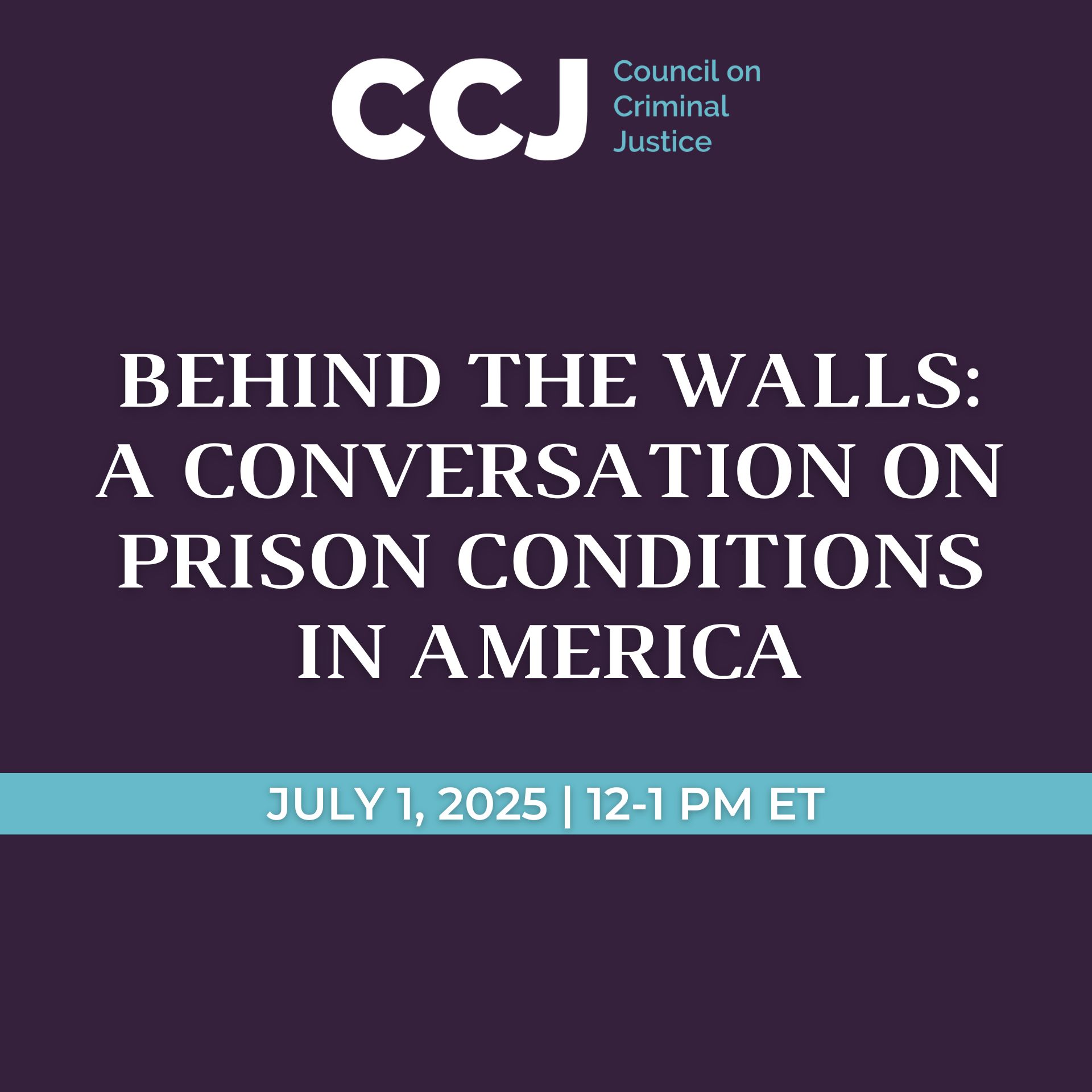Pandemic, Social Unrest, and Crime in U.S. Cities: 2020 Year-End Update
This study examines monthly crime rates for ten violent, property, and drug offenses in 34 U.S. cities in calendar year 2020. Not all cities reported monthly data for each crime, and offense classifications varied somewhat across the cities. The largest city in the sample is New York, with 8.42 million residents. The smallest is Norfolk, Virginia, with 245,000 residents. Beyond this minimum population threshold, the study cities were selected because their police departments provided incident-level data in near real-time on their online portals.
The incident counts for this report were obtained within days of the end of the study period to provide a timely snapshot of crime across the nation. As a result, these figures may and often do differ from data subsequently published by the police departments and from still other counts released later by the FBI as part of its national crime reporting program. Data updates occur for multiple reasons. For instance, if the victim dies, an incident initially classified as an aggravated assault may be reclassified later as a homicide. For the most up-to-date information for a specific city, please visit its website.
Findings
- Homicides rose sharply in 2020, and rates of aggravated assaults and gun assaults increased as well. Homicide rates were 30% higher than in 2019, an historic increase representing 1,268 more deaths in the sample of 34 cities than the year before.
- The magnitude of this increase is deeply troubling, but absolute rates of homicide remain well below historical highs. In 2020, the homicide rate was 11.4 deaths per 100,000 residents in sample cities; 25 years earlier, in 1995, the rate was 19.4 per 100,000 residents.
- Aggravated assault and gun assault rates in 2020 were 6% and 8% higher, respectively, than in 2019. Robbery rates declined by 9%.
- Domestic violence increased significantly during the early months of the pandemic, but these results should be viewed with caution as year-end rates were comparable to year-end rates in 2019, and findings were based on data from just 12 cities.
- Property and drug crime rates, with the exception of motor vehicle theft, fell significantly in 2020. Residential burglary decreased by 24%, nonresidential burglary by 7%, larceny by 16%, and drug offenses by 30%. Motor vehicle theft rose by 13%.
- Homicides increased in nearly all of the 34 cities in the sample. In the authors’ view, urgent action is necessary to address these rapidly rising rates. Subduing the pandemic, increasing confidence in the police and the justice system, and implementing proven anti-violence strategies will be necessary to achieve a durable peace in the nation’s cities.



